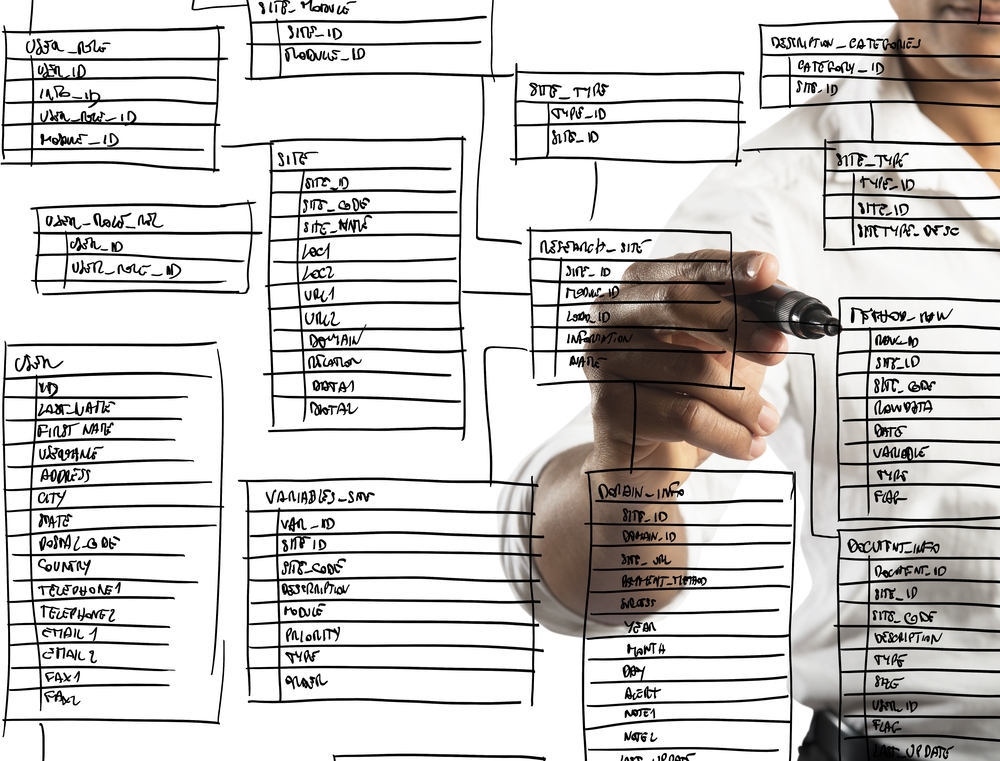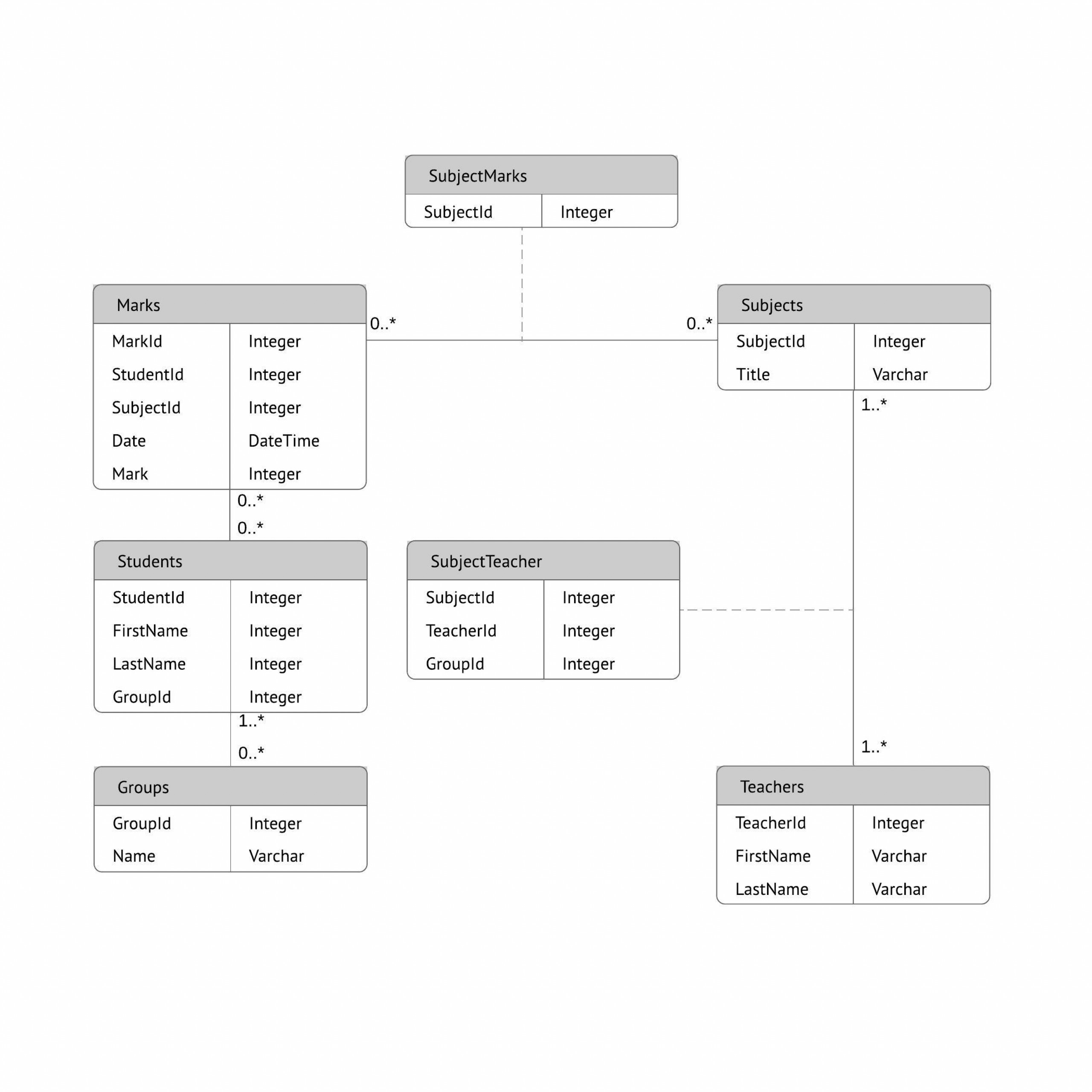


As long as the different symbols in an ER Diagram are understood, it is easy to understand the relationships. An ER diagram is flexible to take care of such needs. The design may change as a web application grows. Users can easily comprehend the database structure by checking the ER Diagram. On the other hand, if it is an eCommerce platform, we will have entities such as admin, users/ customers, and products.Ī typical ER Diagram will have symbols such as rectangles and connectors that come with different styles depicting the entities, their attributes, and the interrelationships associated with them. For instance, if we have a school management system, we can have different entities with different roles, such as admin, students, teachers, and subjects. ER Diagrams have different connectors and symbols that visualize all the major entities within the desired system and the interrelationships among these entities.Įntities may vary from one web application to another. What are ER DiagramsĮntity Relationship Diagrams, also known as ER Diagrams, ERDs, or ER models, are structural diagrams that are used to design databases. Entity Relationship Diagrams (ERDs) are used to visually represent a database. ER Diagrams help in designing databases to meet the requirements.Ī database enables an administrator and users of web applications to retrieve data from a given website/ web application.īefore a software application goes live, it goes through different steps, such as designing, developing, and testing.

A database is an integral part of a software/web application as it stores crucial information such as sign-ups, customer data, and transactional data, to mention a few.


 0 kommentar(er)
0 kommentar(er)
